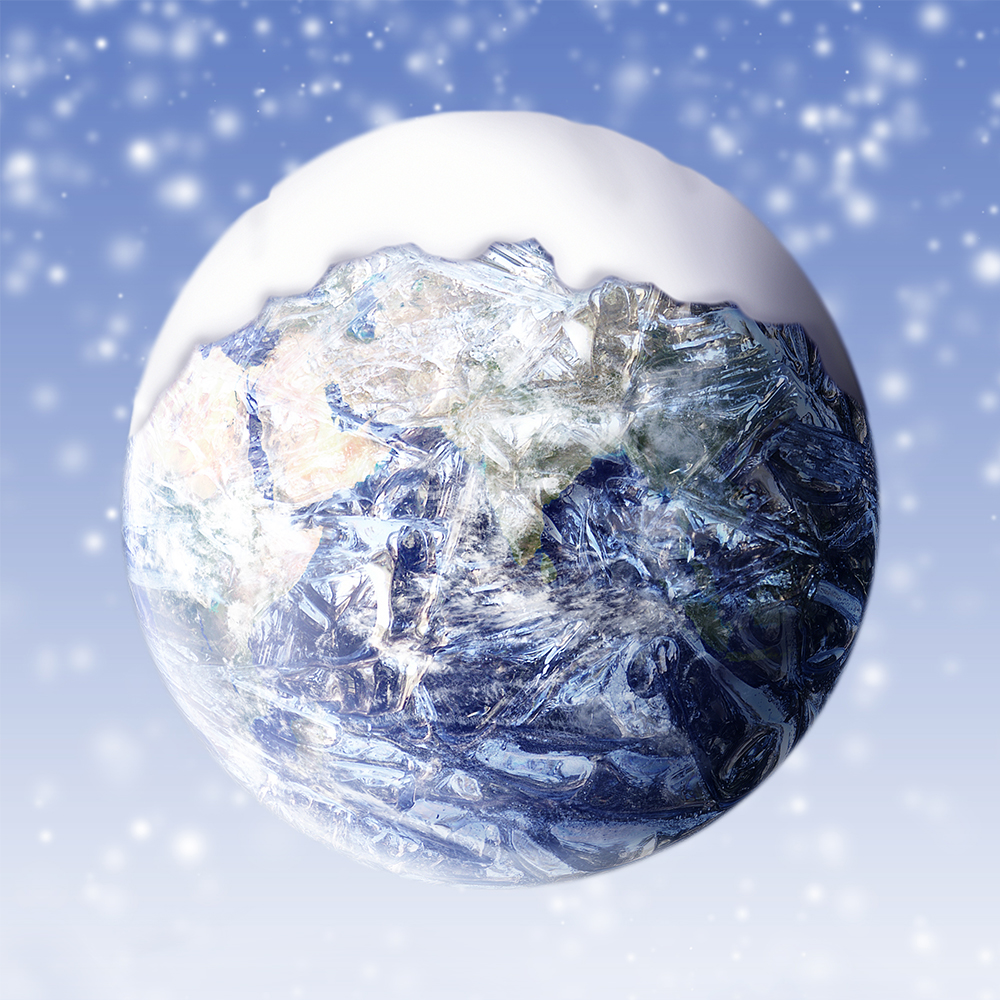About 700 million years ago, the Earth experienced unusual episodes of global cooling that geologists refer to as “Snowball Earth.”
Several theories have been proposed to explain what triggered this dramatic cool down, which occurred during a geological era called the Neoproterozoic. In an article published in the April 2018 issue of the journal
Terra Nova, geologists at
UT Dallas and UT Austin suggest that those major climate changes can be linked to one thing: the advent of plate tectonics.
Plate tectonics is a theory formulated in the late 1960s that states the Earth’s crust and upper mantle — a layer called the lithosphere — is broken into moving pieces, or plates. These plates move very slowly — about as fast as fingernails and hair grow — causing earthquakes, mountain ranges and volcanoes.
“Earth is the only body in our solar system known to currently have plate tectonics, where the lithosphere is fragmented like puzzle pieces that move independently,” said Dr. Robert Stern, professor of geosciences and co-author of the study, along with Nathaniel Miller PhD’95 at UT Austin. “It is much more common for planets to have an outer solid shell that is not fragmented, which is known as ‘single lid tectonics.’” Stern said.
Geoscientists disagree about when the Earth changed from single lid to plate tectonics. Stern highlights geological and theoretical evidence that plate tectonics began between 800 million and 600 million years ago, and he has published several articles arguing for this timing.
In their study, Stern and Miller provide new insights by suggesting that the onset of plate tectonics likely initiated the changes on Earth’s surface that led to Snowball Earth. They argue that plate tectonics is the event that can explain 22 theories that other scientists have advanced as triggers of the Neoproterozoic Snowball Earth.
“The fact that strong climate and oceanographic effects are observed in the Neoproterozoic time is a powerful supporting argument that this is indeed the time of the transition from single lid to plate tectonics,” Stern said. “It’s an argument that, to our knowledge, hasn’t yet been considered.”
